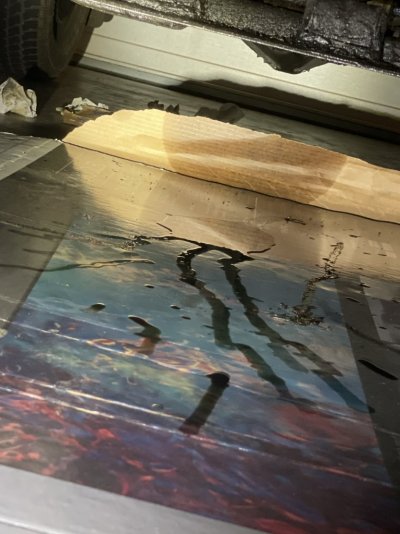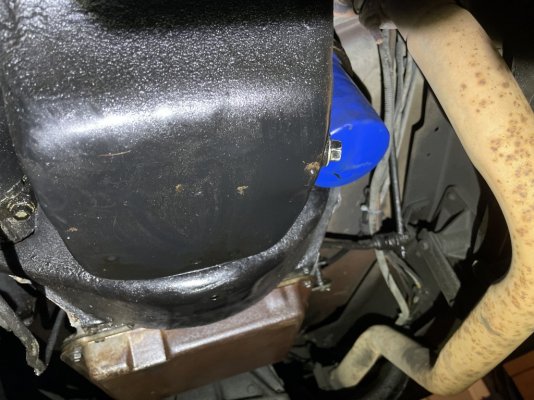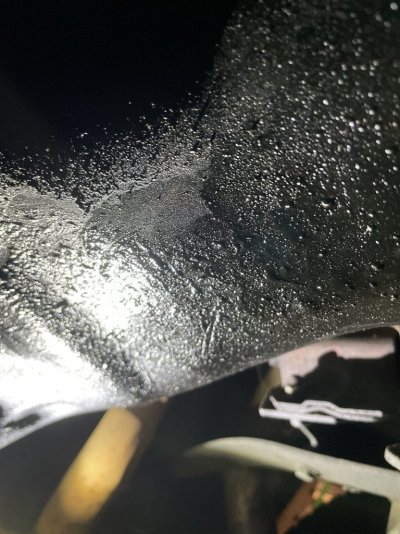kenneth1669
Full Access Member
- Joined
- Oct 25, 2022
- Posts
- 55
- Reaction score
- 19
- Location
- oregon
- First Name
- Kenneth
- Truck Year
- 1977
- Truck Model
- K10
- Engine Size
- 400
So I have been working on a 77 K10 with my grandma for a while and we got it running and stuff a little bit ago. I have started to notice that this truck likes to leak out of almost everywhere. About a month ago I replaced the pinion seal because I found out my dif was almost out of fluid from a leak and now I am starting to notice a lot of oil leaking from what I think is my valve covers and what I think is the front seal thingy. I don’t know if thats a thing but it looks like oil is coming out of the front of my engine from the belt side. My grandma says it’s normal for old trucks like this to leak a lot but I am starting to worry about the amount of leakage. Thank you for anyone that could give me insight.
The first photo is of about a weeks worth of oil leakage. The second photo is the bottom of the oil pan and the third is right under the pulley thingy I think is what it’s called lol.
Thank you for any advice given and feel free to ask for more photos
The first photo is of about a weeks worth of oil leakage. The second photo is the bottom of the oil pan and the third is right under the pulley thingy I think is what it’s called lol.
Thank you for any advice given and feel free to ask for more photos




